This content has been archived. It may no longer be relevant
Planning by the Pool: Poetry and Common Core
Summer has arrived, but I’ve had poetry on the brain since April. Poetry was always one of my favorite units as a student (and poet!), and I still get so excited when April rolls around. I’ve been thinking about poetry and Common Core, though, and how to make student-friendly poetry exercises that align with CCSS. I want the exercises to be analytical in nature, but ignite that same creative spark that my teachers ignited in me.
Here’s what I’ve come up with over the last couple of weeks:
-
Independent Poetry Analysis
Like I said in another post, I’ve been working on activities that can be used in summer packets or blizzard bags, and this one’s a favorite. I plan to make more of these, but I started with one of my favorite Emily Dickinson poems, “I Died for Beauty”. This packet essentially follows the old TPCASTT model, but couches the step-by-step analysis in CCSS language. And, at the end, students write a “response poem”, bringing in the creative aspect that I love.
-
Clip & Flip Poetic Devices
I saw this idea done by Games for Learning for primary math facts, and I loved it so much that I wanted to transform it for poetry. Students use these self-checking cards to spot poetic devices in 30 classic poems. They “clip” their answers using paper clips, and then when they flip the card, they’ll see if they were right. I laminated mine so that students could mark up the cards with a dry-erase marker if they wanted to. You can use these cards for Task Cards, Bell-Ringers, and stations.
-
Poetry Bell-Ringers
I wanted to create more activities for the poems besides just “spot the device”, so I transformed the collection into bell-ringers. There are still some “spot the device” prompts, but I incorporated more analytical prompts as well. For example, students examine the poet’s purpose for writing a poem, or even respond to and refute the poet’s claims. I also threw in some short creative prompts, always using the classic works as models.
Thanks for dropping by! Please download this freebie of the Bell-Ringers as my thank-you to you.

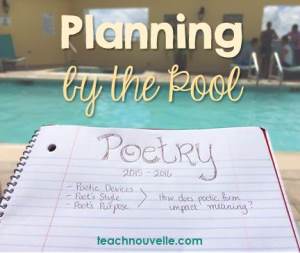
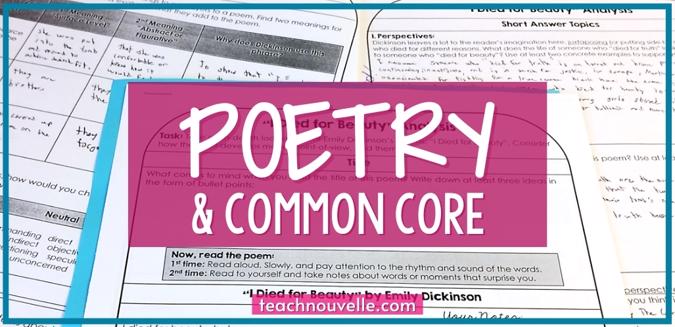
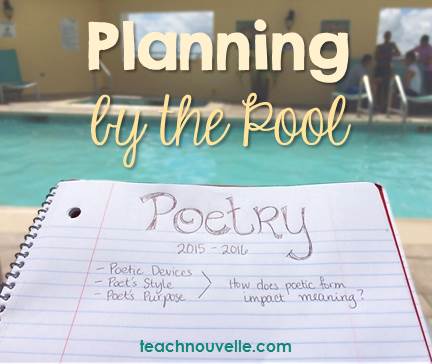
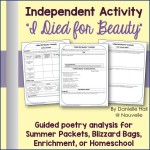

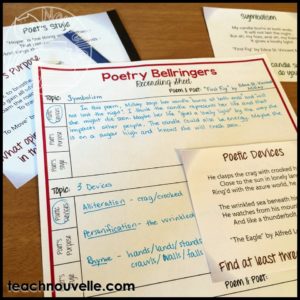
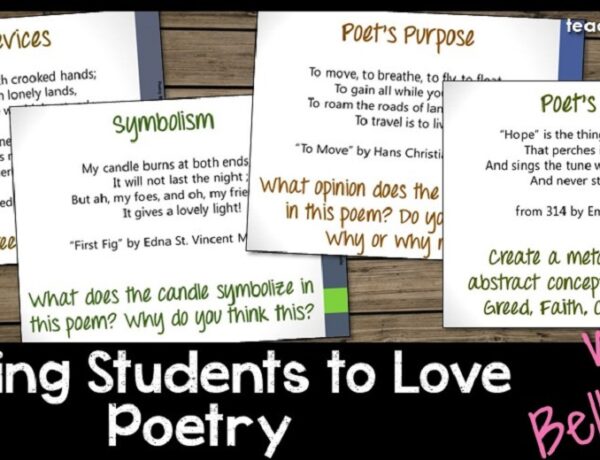
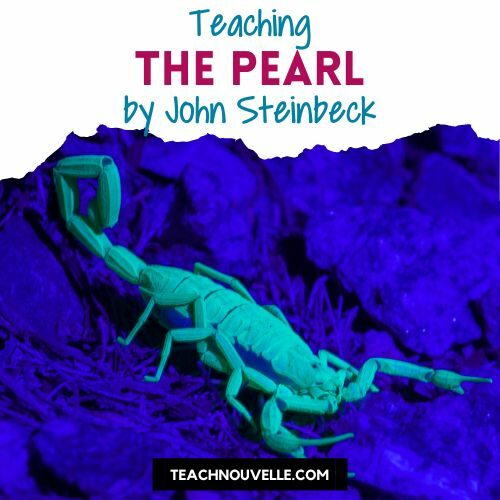
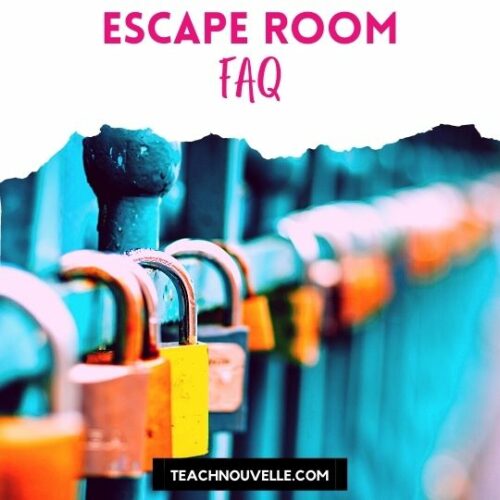
No Comments